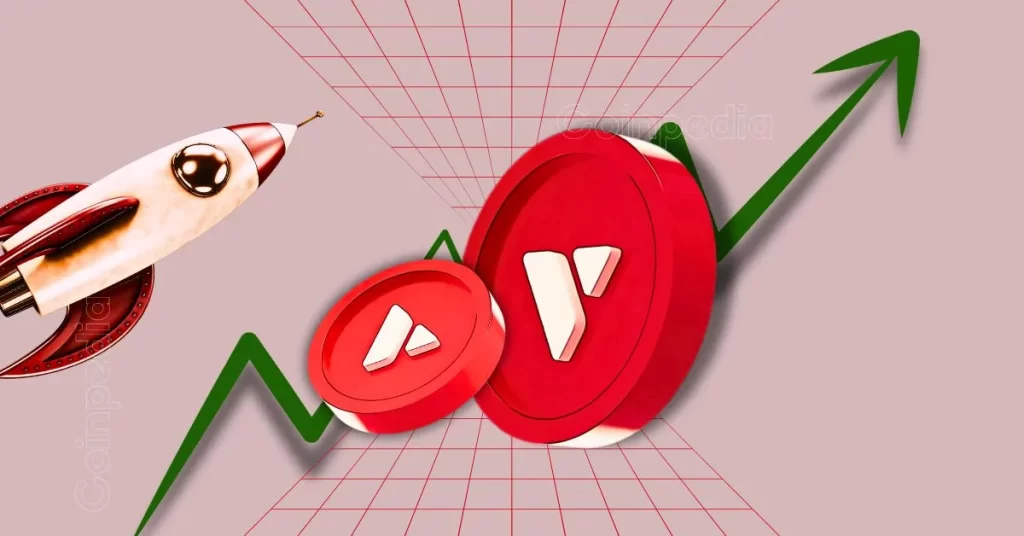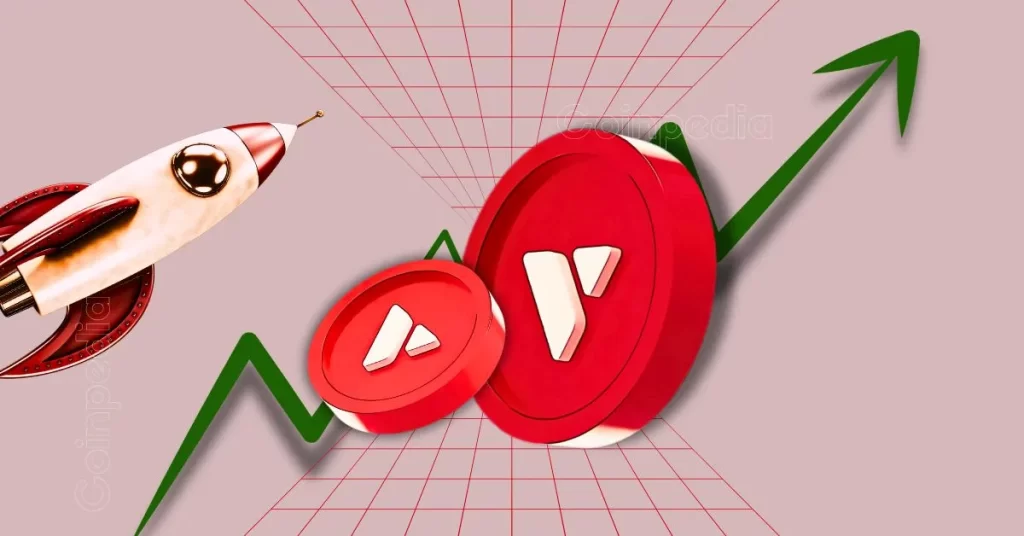XerpaAI Secures $6 Million Seed Funding Led by UFLY Capital XerpaAI, an AI-driven systematic agent designed to accelerate the growth of disruptive businesses, has announced the closing of a $6 million seed funding round led by UFLY Capital. The funds will be allocated to product development and business expansion.
Operational since early 2025, XerpaAI helps clients with disruptive innovations grow faster through AI and social capabilities, enabling them to outperform competitors. The company has already established teams in Silicon Valley, Tokyo, and Singapore and is generating stable revenue.
The name XerpaAI is inspired by Sherpa guides, the professional ethnic group that assists climbers in conquering Mount Everest. Similarly, XerpaAI’s mission is to empower user acquisition, amplify brand influence, and maximize distribution channels for its clients.
1. What is XerpaAI and what problems does it solve?
XerpaAI is an AI-driven systematic agent designed to accelerate the growth of disruptive businesses. We help our clients win in competitive markets by empowering user acquisition, amplifying market influence, and maximizing distribution channels.
Growth is a continuous cycle of creating compelling content, distributing it through the right channels, gathering feedback, and iterating. XerpaAI productizes this entire process by:
Using AI to boost content creation efficiency, reducing what could be weeks of work to just minutes. Leveraging a network of tens of thousands of KOLs/KOCs and community leaders (collectively, “influencers”) to intelligently match projects with the right voices for efficient, high-impact distribution. Providing comprehensive data feedback to help clients refine their growth strategies and even inform product iterations.
2. How did the idea for XerpaAI come about?
The idea was born from three key factors. First, clear demand. As serial entrepreneurs, we live by the mantra “keep growing or die”. We consistently allocated 30-50% of our funding budgets to growth, yet many activities offered poor ROI. Highly innovative products, in particular, require significant time and money to educate the market through social relationships and person-to-person advocacy.
Secondly, massive market opportunity. For U.S. tech companies, growth is the second-largest expense after R&D, accounting for 20-30% of total costs, and for startups, this can be as high as 40-50%. Globally, tech companies spend approximately $600-$1,000 billion annually on growth.
Third, timing and expertise. We have been exploring growth strategies for years. The recent AI boom made it clear that we could execute our vision more efficiently and at scale. We incorporated in 2025, integrated large-scale AI models, and consolidated our services, establishing operations in Japan and the U.S..
3. You’ve mentioned “AGA.” What is this concept?
AGA stands for AI Growth Agent. We distinguish “growth” from “marketing.” Marketing is often campaign-driven to boost brand awareness, with a Chief Marketing Officer accountable for the brand. Growth, however, is purely data-driven, targeting user acquisition, retention, and market influence to drive direct business outcomes. A Chief Growth Officer is involved across the entire product lifecycle and is accountable for results.
For instance, in content creation, growth prioritizes competitive benchmarking and market trends over pure creativity. In distribution, it uses data-driven matching to optimize conversion rates. We believe growth teams will increasingly replace traditional marketing teams, which is why we pioneered the AI Growth Agent concept.
4. Who are your competitors?
We benchmark against AppLovin, a Silicon Valley mobile tech company founded in 2012 that helps mobile app developers grow and monetize. AppLovin was a “Sherpa guide” for the mobile internet era; XerpaAI is the Sherpa guide for the AI era, with a distinct focus on social and AI capabilities. As AI permeates everything in the coming years, we aim to lead this shift. Given the market’s size, we expect many startups will pursue similar goals, and they will be our competitors.
5. Why is your team the right one for this project?
This is a natural evolution for us. My co-founder and I excel at growth, particularly through social relationships and AI tools. Over the past eight years, we have driven growth for products with over 100 million users and supported more than 100 projects. We can now productize these experiences through AI to scale our efficiency and impact.
6. Who are XerpaAI’s primary clients?
Currently, 80% of our clients are from the blockchain industry and 20% are from general AI startups. We believe blockchain and AI will fundamentally transform the tech industry, and their “Sherpas” will grow alongside them. Both industries are in their early stages and require significant market education—something our product excels at by leveraging person-to-person advocacy.
In the future, we will serve all innovative industries that require market education. Additionally, the KOLs, KOCs, and community leaders in our network are also key clients, as they use our platform to monetize their influence and engage their audiences.
7. What is your relationship with UFLY Capital, and what are your future financing plans?
XerpaAI has successfully secured $6 million in funding from UFLY Capital, with the proceeds primarily allocated to product development and promotion.
XerpaAI itself is a significant Limited Partner (LP) in UFLY Capital, an active fund managed by experienced entrepreneurs. This substantial self-investment, combined with the support from other LPs and General Partners (GPs) within UFLY Capital, represents a strong collective endorsement of XerpaAI’s potential. Looking ahead, XerpaAI anticipates achieving positive cash flow soon, driven by its robust client base and rapidly increasing revenue.
The company is exploring a private funding round in 2026 and, if market conditions are favorable, a potential Initial Public Offering (IPO) in the future.
8. What is your relationship with UXLINK?
Legally, XerpaAI is an independent company. However, our businesses are closely aligned. UXLINK provides social infrastructure for blockchain project growth, and XerpaAI is an application within its ecosystem. UXLINK is a key client, and many projects in its ecosystem are also our clients. In turn, we are a vital contributor to their ecosystem.
Our shared mission to drive growth allows for close collaboration between our teams and comprehensive support from UXLINK.
9. What is your current team structure and your plans for the future?
We maintain a lean, full-time team, as AI allows us to operate with high efficiency. Our core team is primarily in Tokyo, with members in Singapore and Silicon Valley. As we grow, we plan to expand our sales, compliance, and finance capabilities, particularly in Silicon Valley. We are also building a community to harness collective power and drive further growth.
The post Interview with Sean Son, Co-founder & CEO of XerpaAI appeared first on BeInCrypto.





